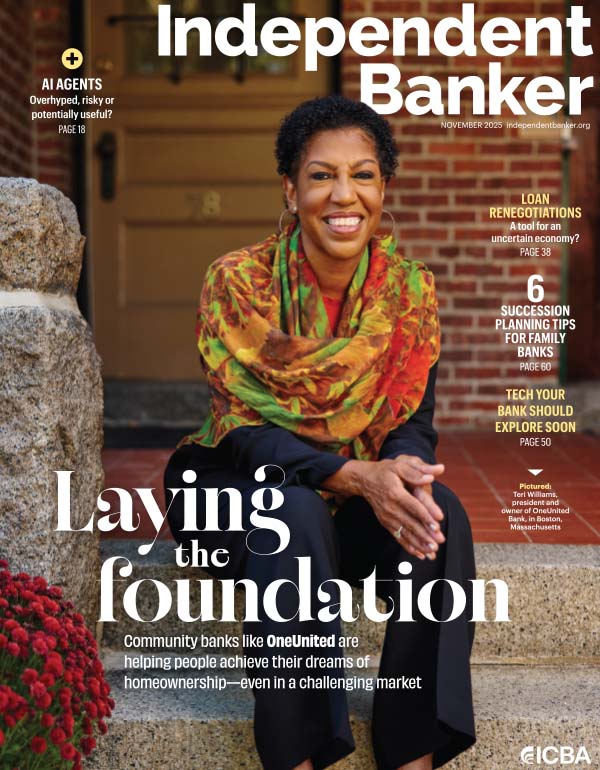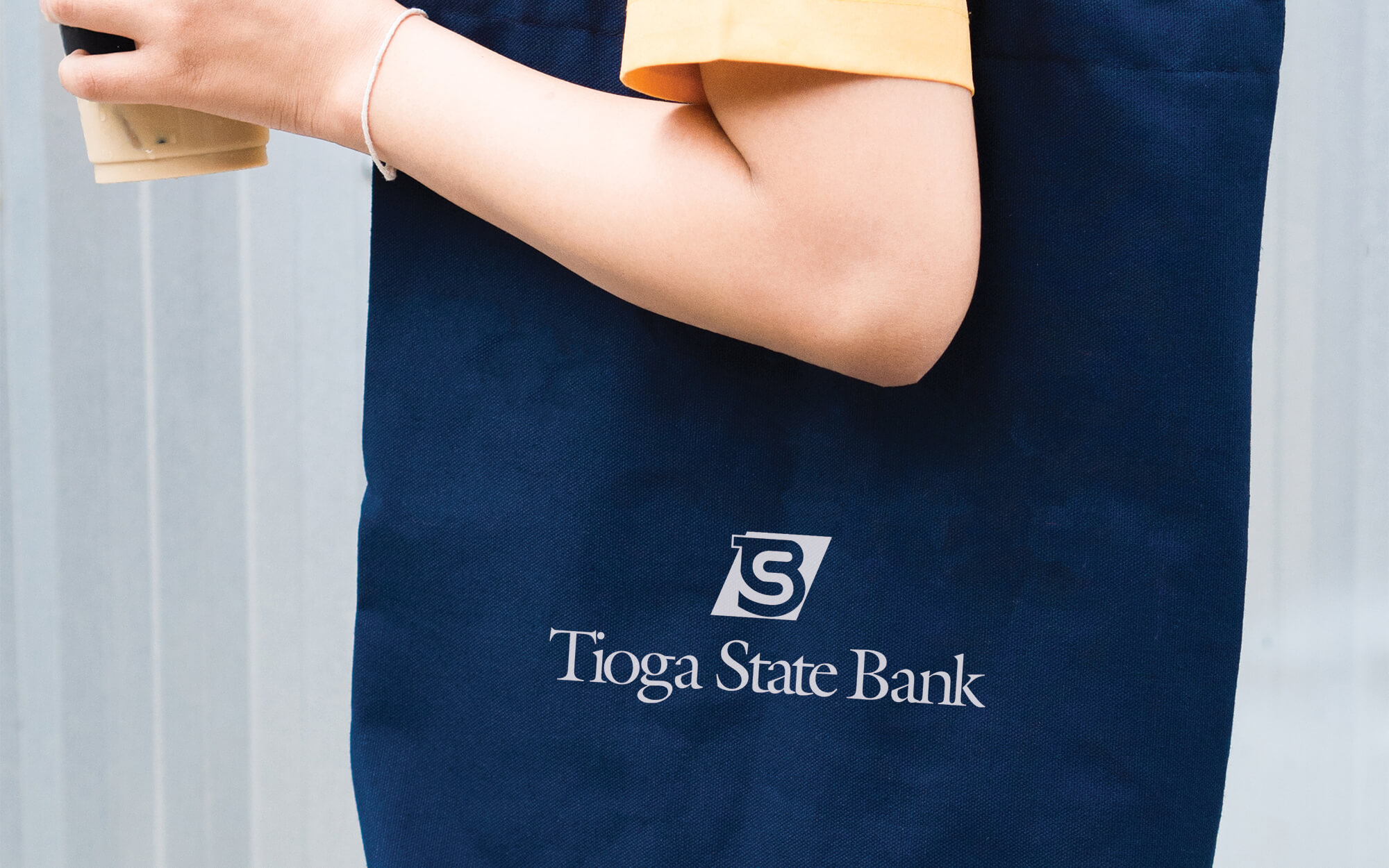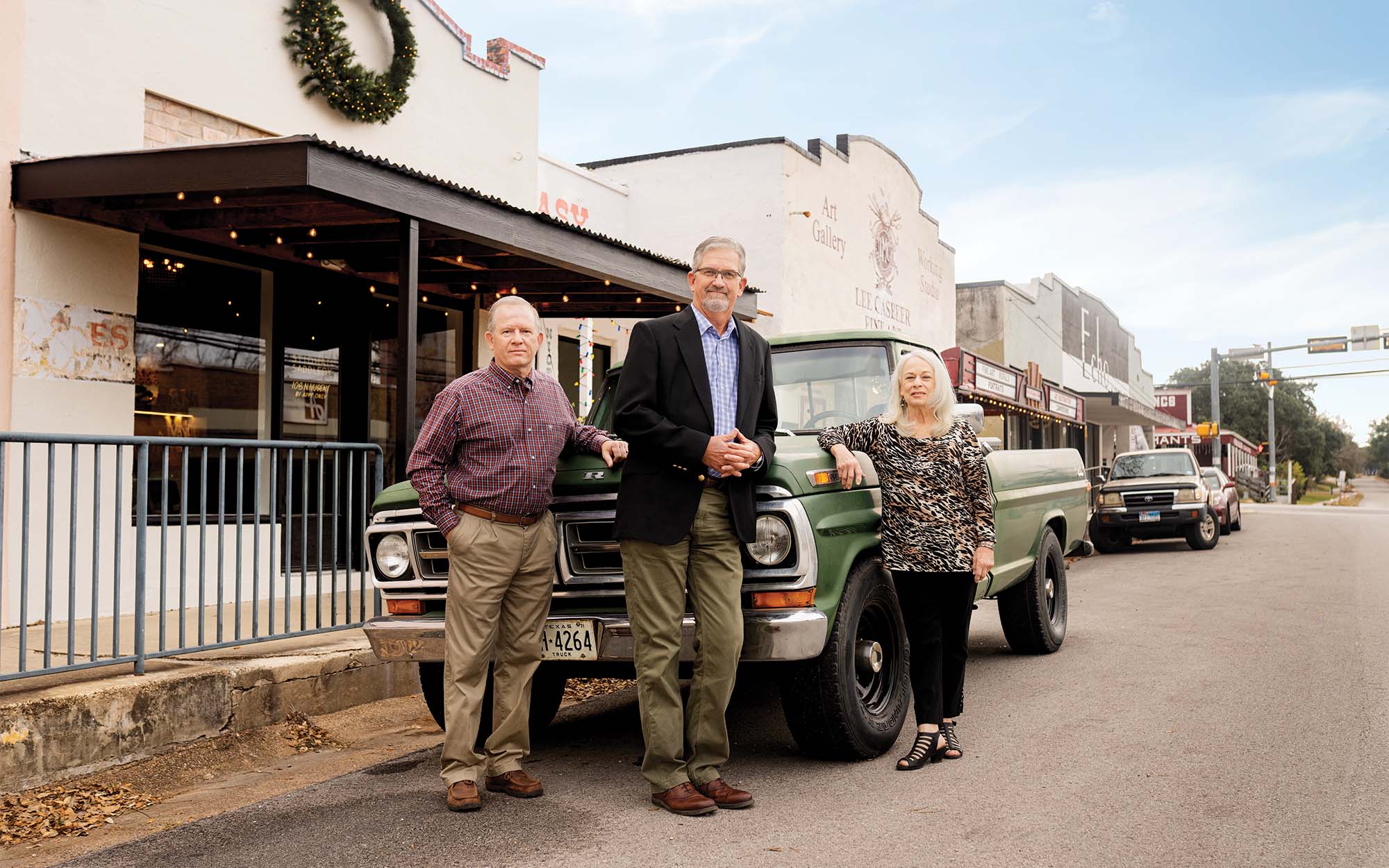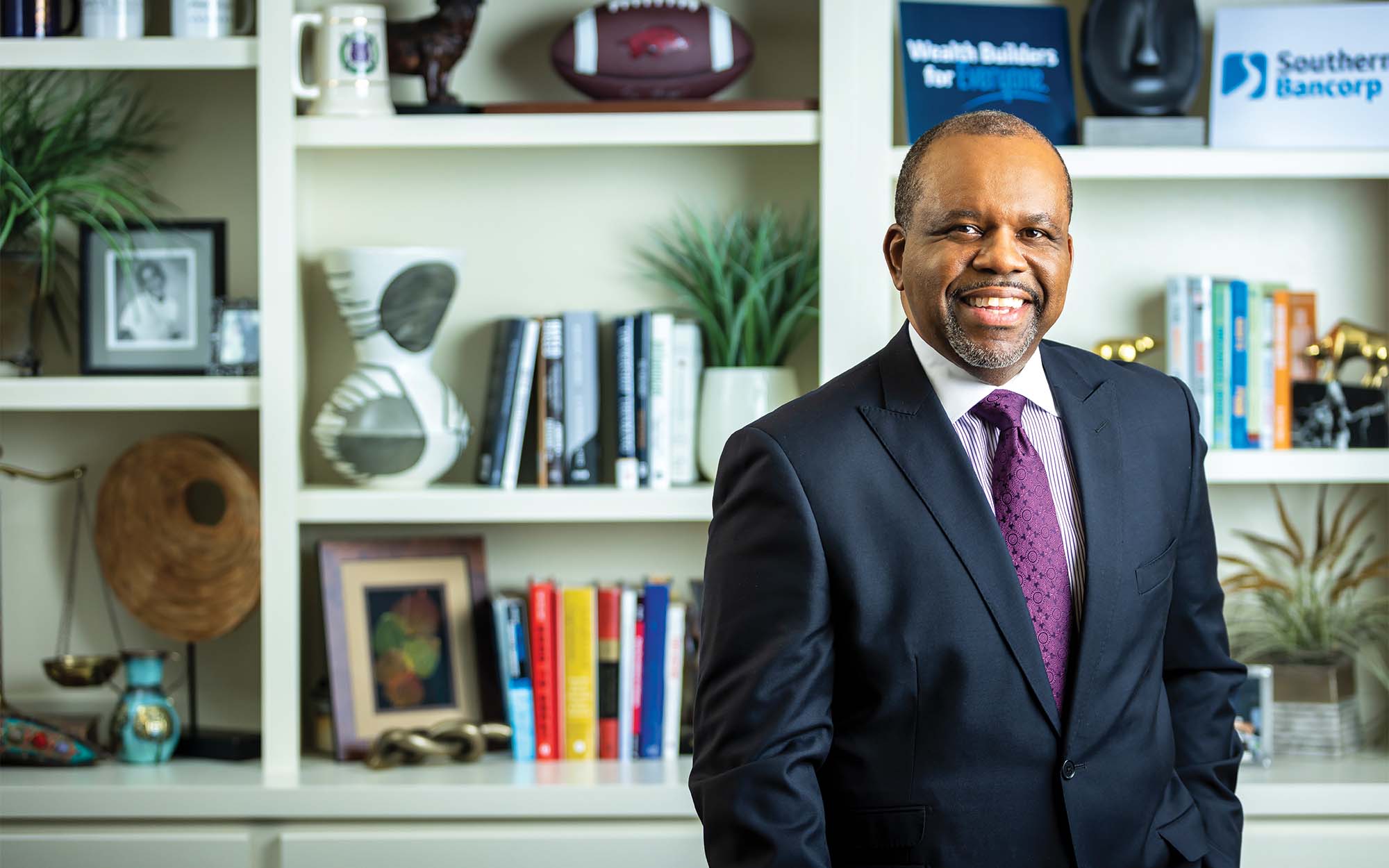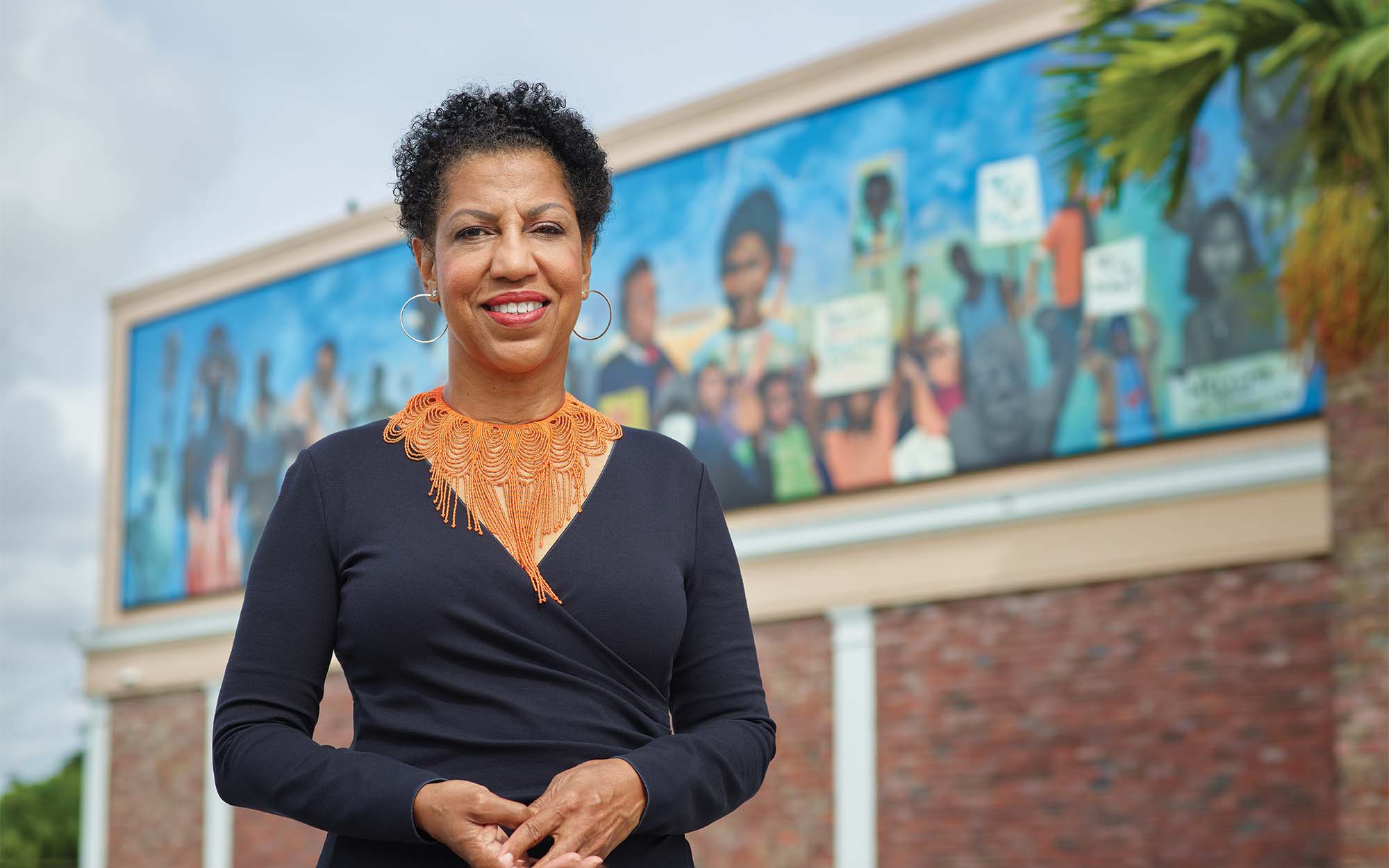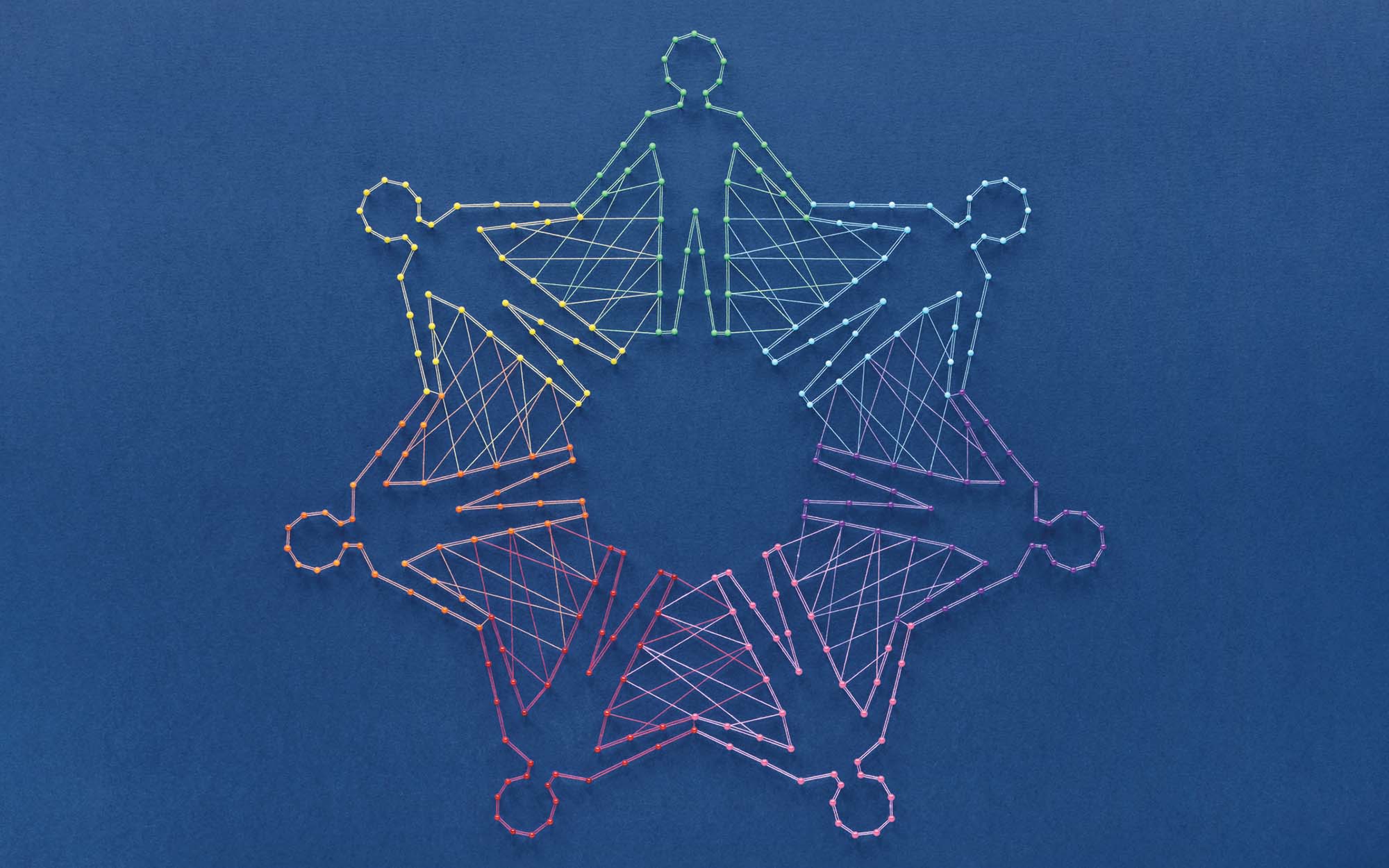Call them tchotchkes, souvenirs, knickknacks, bric-a-brac, or just plain old freebies. At some time or another, we’ve all carried armfuls of those little tokens of corporate appreciation known simply and collectively as “swag.”
From apparel to electronics, backpacks and magnets, these items, emblazoned with company logos, mottos, URLs and social media handles, form part of a $17 billion industry, all with the sole purpose of drumming up better business.
Swag is often thought of as cheap and throwaway, but it’s increasingly being recognized as more than just a merchandising giveaway effort. “Little things mean a lot,” as the song goes, and well-chosen, branded products can be great employee motivators as well as effective brand messengers.
Businesses are thus moving away from “trinket-y” items to products that bring a high perceived value to recipients. “We want branded items that are professional and useful, not something that someone takes home and throws away,” says Bob Howard, Iowa division president of $1.1 billion-asset CBI Bank & Trust in Muscatine, Iowa.
Jay Sedgwick, account executive at WebbMason Marketing, based in Hunt Valley, Md., agrees that quality products are key. “Don’t just give away swag for the sake of giving something away,” he advises. “Twenty-five nicer gifts will resonate more than 100 cheap ones.”
The power of a T-shirt
Swag isn’t only reserved for consumers. For employees—community banks’ biggest brand ambassadors—it can involve two important objectives, according to Natalie Bartholomew, chief impact officer for $371 million-asset Citizens Bank of Edmond in Edmond, Okla.
“From an internal perspective, swag can build employee morale and engagement,” she says. “From a marketing perspective, our team members are our best influencers.”
Giving an employee a nice T-shirt provides recognition even as it promotes the bank’s brand. “Never underestimate the power of a T-shirt,” Bartholomew laughs. That said, make sure the T-shirt is of good quality. “If you’re trying to get the cheapest t-shirt and throwing your logo on it, you’re ensuring it won’t see the light of day.”
To put it another way, skimping on swag quality might negatively affect productivity. Shawn Miller, vice president of merchandising for Deluxe, believes that recognizing and rewarding employees with high-quality swag is especially important in today’s labor market.
“We’re seeing employee recognition and retention as a critical need across all industries,” he says. “These items not only help the employee represent the brand externally but give them goods that have tangible value.”
Building brand identity
Swag is used most effectively when community banks choose items that align with their brand. Tioga State Bank in Spencer, N.Y., brands itself as combining the best of the personal and professional, according to Jennifer Moraczewski, senior vice president of operations and technology at the $566 million-asset bank.
“We’re here for our customers at every step,” she says. “We also have professionalism and expertise. We want everything, including our swag items, to follow that identity.”
Tapping into that identity meant crafting merchandise that conveys the pragmatic, solutions-based characteristics the bank prides itself on. Recently, when sponsoring a fall concert in the park, Tioga provided blankets to attendees—a thoughtful gift amid the cool evening air.
“We handed them out as the sun started setting,” Moraczewski says. “It’s something that people can use right there or save for a later date. We hope it communicates that we’re here to solve your problem and go above and beyond.”
Swag with purpose
Community banks should be “intentional” in their approach to using swag, whether the purpose is internal morale boosting or external marketing, according to Bartholomew. For 2021 year-end gift-giving, Citizens paired its own branded coffee mugs with coffee packets made by a local business whose employees include adults with intellectual and developmental disabilities.
“It helps others in the community. It combines mission with purpose,” Bartholomew concludes.
To maximize relevance, community banks can build their swag selection around specific events or seasons. When New York state banned single-use plastic bags, Tioga State Bank seized the opportunity to offer employees and customers branded reusable shopping bags.
The community bank has also synced its swag offerings with the calendar, sending out branded cybersecurity kits in October for Cybersecurity Awareness Month. The kits included webcam covers, RFID sleeves and educational pieces on cybersecurity. “People were pleasantly surprised, because it wasn’t the typical items being given out,” Moraczewski says. “We try to find what is relevant and solve a problem.”
Bankers agree that good swag selection is smart marketing and budgeting. As Bartholomew says, “Be creative and think through items that have a longer shelf life.”
Trending: Home office swag
Swag that complements home offices is trending these days as more employees work remotely. “Earbuds, headphones and things around their desk space help employees do their job in more than one environment,” says Shawn Miller, vice president of merchandising for Deluxe.
Jay Sedgwick, account executive for WebbMason Marketing, agrees. “We’re not working from the office as much as helping prepare the home office. Desk sets, desk kits, mouse pads or backpacks for commuting to and from the office have a lot of value for employees.”
Citizens Bank of Edmond in Edmond, Okla., discovered that wall and desk calendars are a hit. “Some say that in our digital age, a printed calendar is out of style, but we’ve found they are very popular and sought out by our community,” says Natalie Bartholomew, the bank’s chief impact officer. “Your brand is on someone’s desk all year long. What better shelf life could you ask for?”

